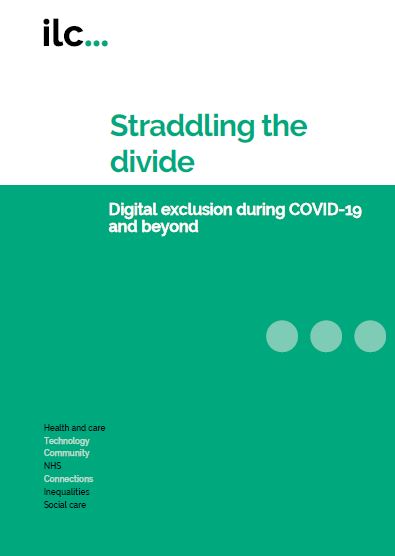Straddling the divide: Digital exclusion during COVID-19 and beyond
Publication Date: 29 May 2020
COVID-19 risks widening inequalities caused by digital exclusion, but also acts as a catalyst to accelerate digital inclusion efforts.
- People who are digitally excluded may struggle to purchase often vital goods and services, look after their health and socially interact within the safety of their homes.
- If digital exclusion, often associated with social exclusion and poor health, is not tackled, there is a risk that existing health inequalities could increase.
- But COVID-19 has also created a chance to address digital exclusion. Innovators in business and local government have adapted fast to support those digitally excluded by:
• Making their products and services more inclusive and actively considering the needs of their most vulnerable users;
• Adapting products to make them safely useable during COVID-19;
• Directly addressing barriers to digital inclusion in the community. - The crisis is also challenging a common belief and a key barrier to digital inclusion – that digital tech is not useful.
- But the lack of coordination behind efforts to tackle digital exclusion risks leaving many behind. To prevent this, national and local government could work together to:
• Actively encourage the adoption of the most useful tech;
• Help disadvantaged groups to master digital skills;
• Create a nationally co-ordinated volunteer service to achieve this – making use of the numerous NHS volunteers who have yet to be called into action.
Author: Sophia Dimitriadis
This commentary has been supported by the ILC Partners Programme.

